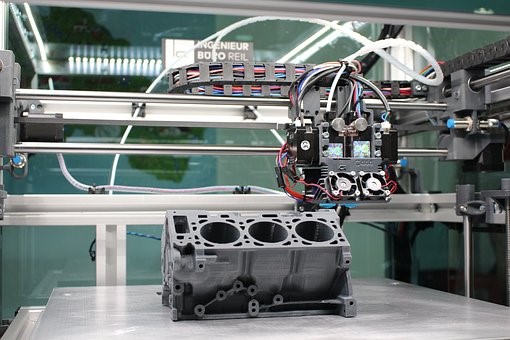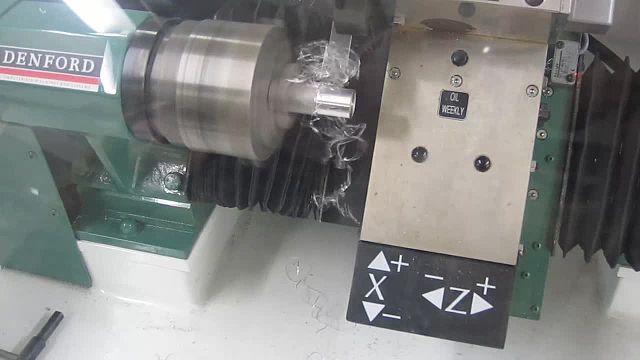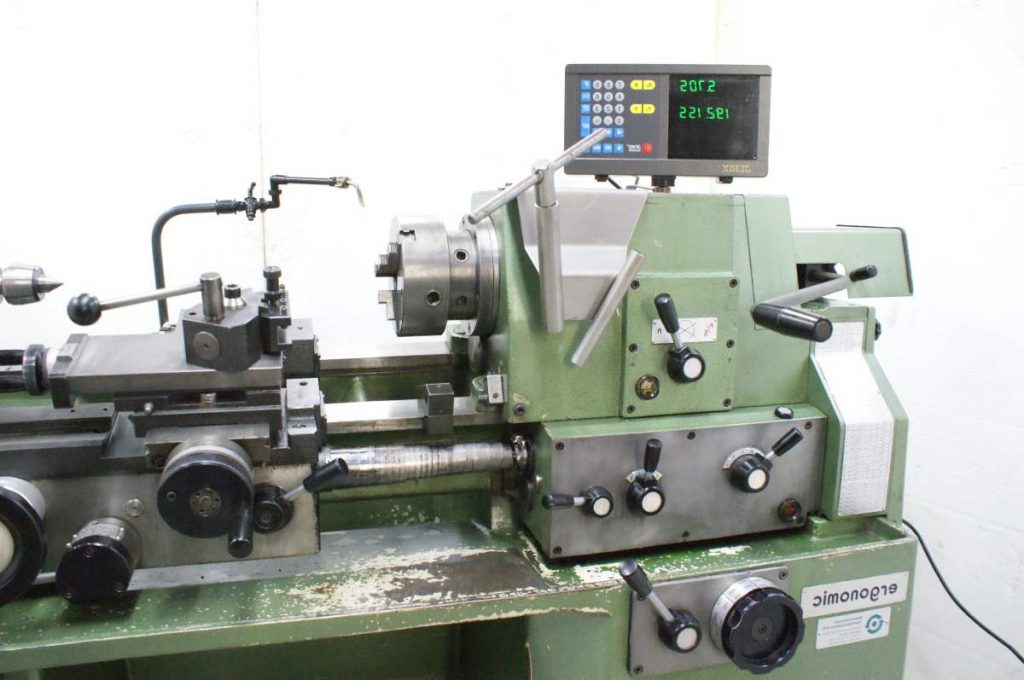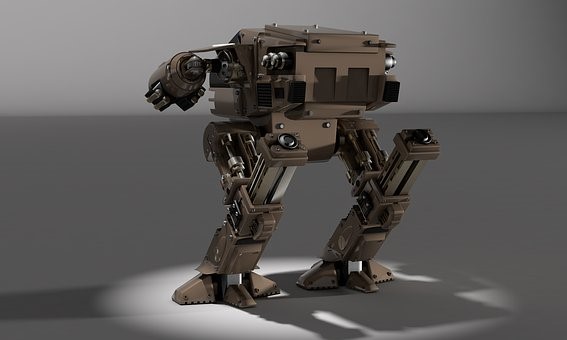
Mechanics of Accuracy in Engineering Design of Machines and Robots
Engineering geeks will tell you precision is a huge component of robot and machine quality. Accuracy is significant for not only defining their structure and applications but also is defined by their structure and claims.
Accuracy is solely not the issue in modern manufacturing. Maintenance and enhancement are equally essential indexes of machine and robot quality. Manufacturing science has the paved way to a method that analytically calculates lathe accuracy.
If you go further into the mechanics of accuracy in modern manufacturing, analytical calculation of lathe accuracy becomes a footnote. The calibration of machines and modeling of robots goes beyond Precision Robotics. Industrial automation has come of age, therefore, borrowing a lot from CNC manufacturing.
Analytical Calculation of Lathe Accuracy
This method is most modest for summation of error. Its development has since made it possible to point out errors on a machined surface. Depending on lathe errors arising from kinematic and geometrical dimensions, this method is capable of picking up errors on a machine’s surface.
Besides lathe errors, it can also detect thermal and elastic deflections, lathe setup errors, workpiece support and holding and even machine process sequence. What’s more is there is an even considerate collaboration with CNC which takes lathe accuracy to the next level. A good example is the HSC CNC lathe.
The World’s First CNC Lathe
The first thing that hits your mind with the mention of Computer Numerical Control (CNC) is precision. When you place machines and robots on the frontier of computers, you can only expect accuracy as a result.

Prompting Hembrug, a Dutch tool maker to incorporate CNC into a lathe. The engineering task for Hembrug was to add lathe stability to the extreme. The need for balance arose because machining hardened steel needs accuracy.
Solution
Hermbrug ended up pioneering HSC CNC lathes with outstanding results. The Dutch tool maker utilized leading-edge tool materials and threw in an array of features such as servo motors, FANUC’s high-end CNC controllers. This endeavor has made Hembrug’s HSC CNC lathe be able to deliver accuracy down to the nanometer.

If you consider measures of scale in machine engineering,the Hembrug HSC CNC lathe can accomplish impeccable feats. I mentioned that Hembrug incorporated FANUC’s tech into their cutter. FANUC is renown worldwide as a maker of industrial robots.
FANUC’s components are the crème de la crème considering they provide unmatched automation products and services like robotics and CNC systems. FANUC’s elements gave Hermbrug’s lathe an incomparable finesse by making it perform outstandingly with increased durability.
CNC Turning with Micron Accuracy
Modern manufacturing applauses precision on a scale of accuracy. Hard precision machines attain deep skill. A good example is a Hembrug lathe which is capable of achieving efficiency in the micron range.
You might know hard turning which was choosing over circular grinding; a clean economical oust. Fast ultra-hard turning technology needs accuracy. Hermbrug manifests once again as a pioneer of hard turning technology, offering machines a work-piece diameter of 1500 mm.
Hard turning has to be precise, and it calls for high quality and a high degree of confidence. Hard turning needs a high degree of stability to counter the enormous forces which are generated in the process. Without balance, hard turning cannot hit accuracy in the micron range.
Hembrug comes in at this point. This family company came up with hard turning that further implores a precision finishing process. This invention gave Hembrug a vast market advantage because hard turning became an alternative to circular grinding.
Apart from being wear-free, Hembrug machine series give off hydrostatic ultra-accuracy hard turning. So far is the highest precision achieved through hard turning? If words alone will not move you perhaps the supporting figures will.
The tolerances that these machines achieve are 0 work-pieces having up to 7 HRC hardness and a diameter of 1500 mm. This medium gives off shape accuracy between 0.0002 mm and 0.001mm, surface accuracy of Ra = 0.0001 mm to 0.0004 mm and dimension accuracy of 0.002 mm and much smaller dimension accuracies.
Hydrostatics
Hydrostatics is all about fluid mechanics hence it studies fluids at rest. Hydrostatics has since been incorporated into manufacturing science to facilitate durable precision. Machines and robots alike stand out when they are well endowed with long-term accuracy. When your devices have hydrostatic bearings, they will be capable of repeatable skills for up to 30 years.
Hydrostatic bearings not only count in hard turning but also in computers and robots. Hydrostatics drives machines and robots to feats of long-term consistency. A good example is Hembrug machines that continuously achieve accuracies of 0.1 microns. This run-out and repeatable accuracies are due to the machine’s hydrostatic bearings for guideway units and the spindle.
Precision Engineering and Robotics
You see kinematic machines, hexapods, and robots make debuts on engineering expos, and it might seem like a cybectronic milestone. Precision engineering is the center stage of all these. Designing machine and fixtures without putting in much precision robotics will be a lost cause.

Precision Engineering has an outlay of determinism to counter rigorous design and the metrology of mechatronic systems. Precision engineering seeks to keep up with system behavior. It, therefore, has the motive, and you will soon learn that accuracy is its first goal.
Goals of Precision Engineering
The following list is an outlay of goals precision engineering seeks to attain:
- Create precision in movement.
- Improve quality control. Precision engineering limits re-work, scrap as well as an inspection by giving machines high accuracy capabilities.
- Improve components interchangeability. Precision engineering works towards correspondence. Facilitating an interchange of parts from other factories.
- Give machine and robots a higher fatigue life.
- Make functions independent of each other.
There also is a precision robotic assembly machine. The machine aims are to give you, the operator an elegant touch of microns and milligrams (mm) to help assemble laser-driven fusion ignition targets.

The lathe accuracy, the fusion of CNC technology with the lathe for precision are but a few examples of mechanics of skill in engineering design of machines and robots. What is essential is for you to understand errors among components to minimize them.
